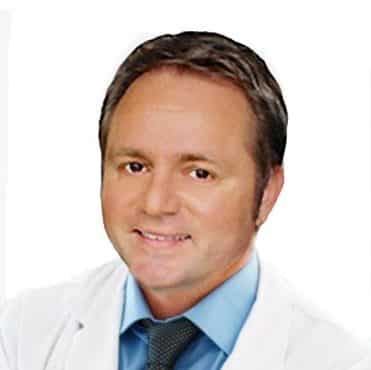Traumatology
Treatment of all types of fractures of the jaws and facial skull, dental injuries, damage to the soft tissues of the face, including the nose and ears, scalp, lips, tongue and mucous membranes. In the case of a patient with already existing long-term consequences of an injury, any necessary interventions are carried out to correct deforming scars, treat cosmetic and functional disorders, and restore facial asymmetry resulting from an accident.
Temporomandibular joint surgery
After a detailed examination and diagnosis (digital volume tomography, MRI, etc.), the treatment of temporomandibular joint pathology usually begins with an occlusal splint. Various therapy concepts and splint types are used here. If long-term improvement cannot be achieved with conservative measures, minimally invasive surgical methods are used: arthroscopy, arthrocentesis, arthroplasty, reduction and disc. In some cases, a modeling osteotomy, condylectomy, or disc removal may be necessary.
Treatment of diseases caused by inflammatory processes in the soft tissues and bones of the facial skull
In their daily practice, maxillofacial surgeons successfully treat all types of maxillofacial area (odontogenic sinusitis, periodontitis, periostitis, osteomyelitis, bone necrosis, abscesses, etc.).
Salivary gland stones
Salivary stones (also called sialoliths in terminology) are one of the most common causes of unilateral inflammation of the major paired salivary glands of the head. Most often, the submandibular gland is affected - at about 80-90%. In addition to classical diagnostic methods (X-ray, ultrasound, sialography), our specialists can offer additional diagnostic and therapeutic procedures that have been developed in recent years, such as magnetic resonance sialography and salivary duct endoscopy, extracorporeal wave lithotripsy.
Video
Request appointment
Useful links
Photo gallery







